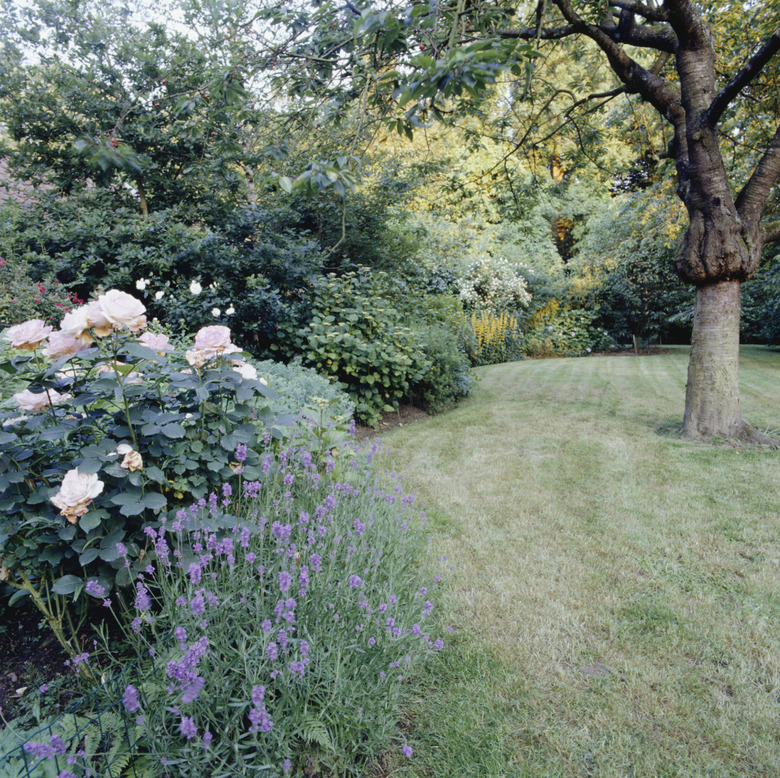How To Kill Bushes With Salt And Vinegar
Removing unwanted bushes can be hassle, especially if you are short on time and energy. While pulling the pesky plants up yourself or hiring a professional is always an option, a more efficient, cost-effective method can be used: a salt and vinegar solution. Salt and vinegar can be combined to create a quick and easy plant killer, which will effectively dehydrate and destroy any undesired bushes in your yard.
Step 1
Step 1
Mix 1 pound of salt with 1 gallon of 5 percent acetic acid white vinegar. Vinegar naturally consists of approximately 95 percent water and 5 percent acetic acid, which is an acid found in all living organisms. Acetic acid is effective as an herbicide, since the acidity damages and dries out leaves.
Step 2
Step 2
Stir until the salt dissolves.
- Removing unwanted bushes can be hassle, especially if you are short on time and energy.
- Salt and vinegar can be combined to create a quick and easy plant killer, which will effectively dehydrate and destroy any undesired bushes in your yard.
Step 3
Step 3
Mix 1 teaspoon of liquid soap into the solution. The soap will act as a surfactant, which lowers the surface tension of a liquid, thereby increasing the contact between the solution and the bush's leaves.
Step 4
Step 4
Pour the solution into a spray bottle for easy application and wide coverage.
Step 5
Step 5
Spray the foliage of the undesired bushes thoroughly until they are soaked. Vinegar is fast-acting; the acetic acid will quickly damage and dry out leaves. In addition, salt will decrease the available water and cause the bushes stress.
Step 6
Step 6
Repeat the process once per day for three days, or until you see the leaves begin to brown.
- Mix 1 teaspoon of liquid soap into the solution.
- The soap will act as a surfactant, which lowers the surface tension of a liquid, thereby increasing the contact between the solution and the bush's leaves.
Tip
Wear protective gloves when handling the salt and vinegar solution.
Tip
For best results, use heated vinegar once a day for three days. The vinegar can be heated in your microwave at 10-second intervals until warm.
Warning
Keep solution away from eyes and face; it can cause burning and irritation.
Warning
Do not use on concrete; the solution will corrode the area.
Warning
Keep away from desired vegetation to avoid accidental plant death.
Things Needed
- White vinegar
- 1 pound salt
- Liquid spray bottle
- Gloves
